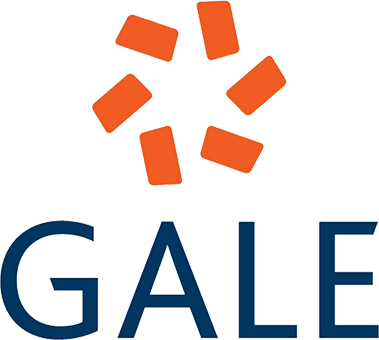

To Investigate The Accuracy of Tube Selection According to Ultrasonographic Airway Measurements in Patients Undergoing OLV
Merve Ağırbaşlı Uğraş1, Yeliz Kılıç2, Mehmet Sacit Güleç2, Duygu İçen31Department of Anesthesiology and Reanimation, Bergama State Hospital, İzmir, Türkiye2Department of Anesthesiology and Reanimation, Osmangazi University Faculty of Medicine, Eskişehir, Türkiye
3Department of Statics, Hacettepe University Faculty of Science, Ankara, Türkiye
Objectives: Double-lumen endobronchial tubes (DLTs) are often used in one-lung ventilation (OLV). However, there is no optimal guide or parameter to estimate the accurate size of a DLT. The aim of this study was to investigate the role of ultrasonographic measurementsincluding tracheal width (TW), cricoid width (CW), lung offset, pulmonary pulse, and diaphragmatic motionin selecting the correct DLT size.
Methods: Thirty-four patients undergoing thoracic surgery requiring OLV were included in the study. In the selection of DLT size, a scale based on sonographic tracheal width (TW) and the patients height was used. Sonographic lung measurements (SLM), including lung offset, pulmonary pulse, and diaphragmatic motion, were also used to confirm the location of the DLT, as compared to fiberoptic bronchoscopy (FOB).
Results: The mean DLT size was 39 Fr, while the mean BCV was 2.5 mm. BCV was found to be suitable (successful intubation) in 29 patients (85.3%) and non-suitable (failed intubation) in 5 patients (14.7%). The three SLMslung shift, pulmonary pulse, and diaphragmatic movementwere 100% compatible with intubation and OLV.
Conclusion: The sonographic TW- and height-based scale had an 85.3% success rate in determining the appropriate DLT size. Sonographic measurements of the lung were also found to be 100% compatible with intubation and OLV. Despite these promising results, sonographic measurements seem unlikely to replace FOB in DLT positioning. However, they may be helpful for selecting DLT size and confirming its placement, especially in the absence of FOB, in the presence of mucous plaque, or during emergency surgery.
Makale Dili: İngilizce

















